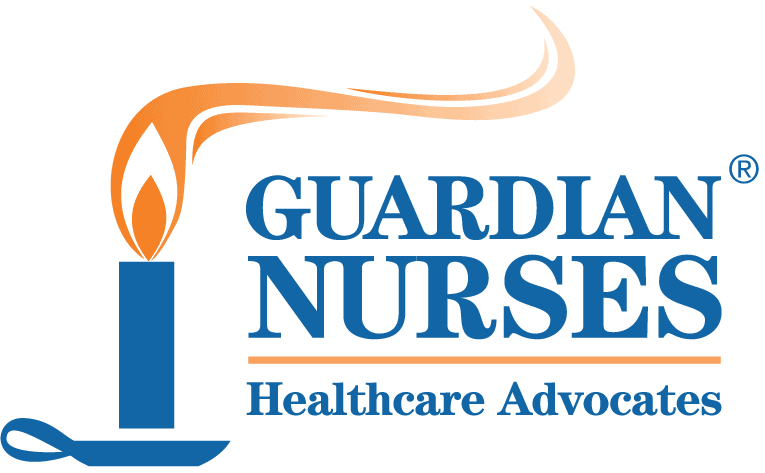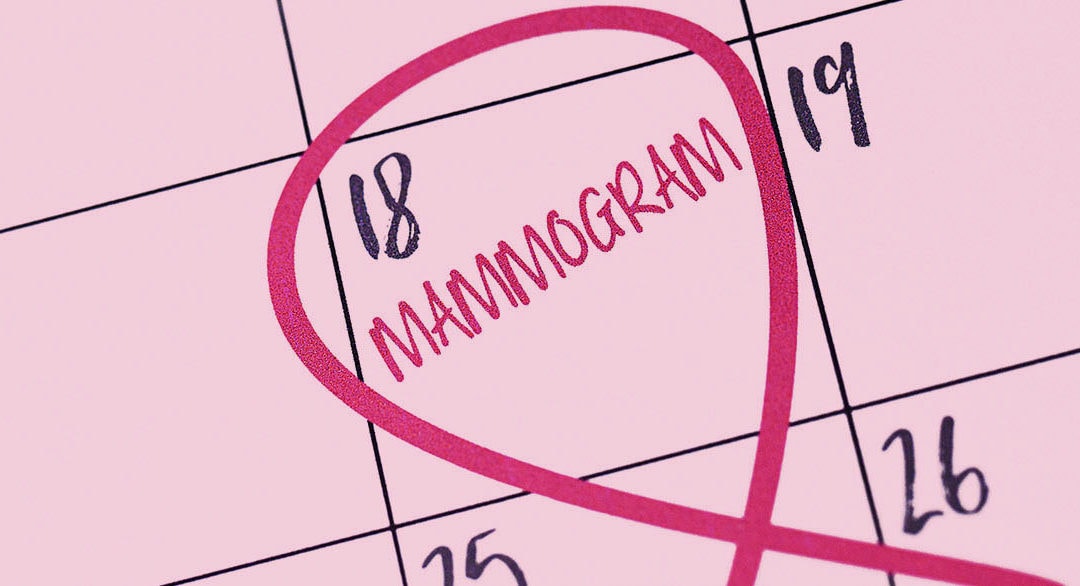Since 1985, October has had a special recognition of being Breast Cancer Awareness Month. Maybe you’ve noticed the color pink everywhere.
Likely everyone reading this has had someone they love diagnosed with breast cancer. And many of those same folks have also known someone who died from breast cancer.
Breast cancer is the most common cancer diagnosed among US women and despite treatment advances, is still the second leading cause of death from cancer among women after lung cancer.
According to the American Cancer Society, early detection of breast cancer by a mammogram reduces the risk of breast cancer death as it increases treatment options, including less extensive surgery and/ or the use of chemotherapy. This can result in fewer side effects, and sometimes even the option to forego chemotherapy.
As we recognize Breast Cancer Awareness Month, we share some questions and answers about mammograms in this month’s issue of The Flame. And if you don’t need a mammogram yourself, share this issue with someone who does.
— Betty Long, RN, MHA, President/CEO, Guardian Nurses Health Advocates
Get Your Mammogram
Mammograms (breast x-rays) are considered the best screening tool available to find breast cancer early, when it may be easier to treat. After you and your health care professional establish a screening schedule, it will help to know what to expect so it can go as smoothly as possible. Here’s what you need to know.
1. What is a mammogram?
A mammogram is an x-ray of the breast that’s used to find breast changes. X-rays were first used to examine breast tissue nearly a century ago. Today, the x-ray machines used for mammograms produce lower energy x-rays and expose the breast to much less radiation compared to those in the past.
2. Where to Get One?
Find a center that specializes in mammograms. When you find a facility you like, stick with it. Having all your mammograms at the same facility will make it easier for doctors to compare images from one year to the next. If you’ve had mammograms done at other facilities, have those images sent to your new facility. Click here for a list of questions that you can review when you find an imaging center.
3. When to Schedule One?
It’s best to schedule about a week after your menstrual period. Your breasts won’t be as tender or swollen, which means less discomfort during the x-ray.
4. What (and What Not) to Wear?
Wear a 2-piece outfit because you will need to remove your top and bra. Do not apply deodorant, antiperspirant, powder, lotion, or ointment on or around your chest on the day of your mammogram. These products can appear as white spots on the x-ray.
5. What to Expect?
The entire procedure takes about 20 minutes. The breast is compressed between two plastic plates for a few seconds while an x-ray is taken. It’s repositioned (and compressed again) to take another view. This is then done on the other breast. It can be uncomfortable, but the discomfort is brief.
6. Getting Your Results?
You should get your results within 10 days. If you don’t, call to ask about them. If doctors find something suspicious, you’ll likely be contacted within a week to take new pictures or get other tests. That does not mean you have cancer. A suspicious finding may be just dense breast tissue or a cyst. Other times, the image just isn’t clear and needs to be retaken. If this is your first mammogram, your doctor may want to look at an area more closely simply because there is no previous mammogram for comparison.
7. What Do You Pay?
Medicare, Medicaid and most insurance companies cover the cost of mammograms. Since September 2010, the Affordable Care Act has required all new health insurance plans to cover screening mammograms, with no co-payment. Health plans must cover mammography every 2 years for women 50 and older, and as recommended by a health care provider for women 40-49.
If you do not have health insurance, you can try to find a center that offers low-cost or free mammograms. Contact the National Cancer Institute (1-800-4-CANCER) or the American Cancer Society (1-800-ACS-2345) for assistance. Another option is the National Breast and Cervical Cancer Early Detection Program (1-800-232-4636), which provides low-cost or free cancer screenings for women without health insurance.

